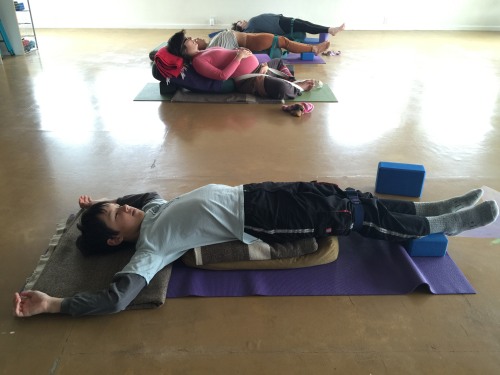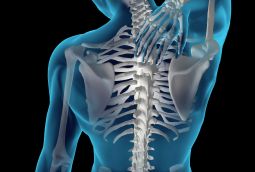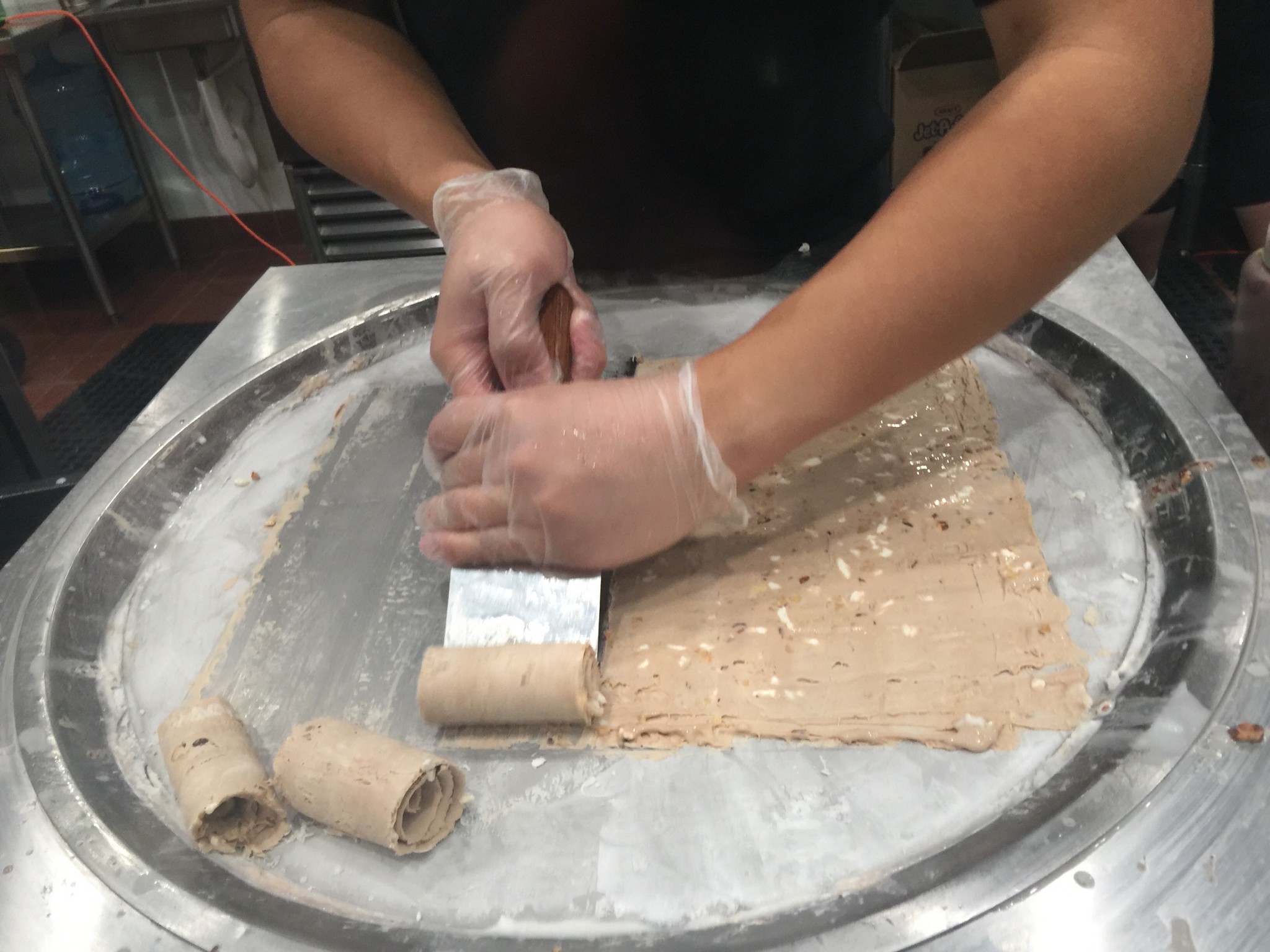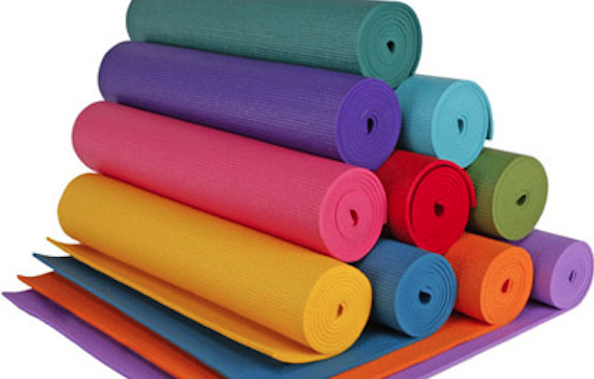 Muscle Tensions? Tightness? Pain?
Muscle Tensions? Tightness? Pain?
We can make our own muscle pain relief cream, gel, balm – what you might want to call and the following is the basic recipe. You could add lemongrass, frankincense, myrrh for additional aroma/healing qualities … but make sure to dilute and to do a patch test to see if there’s any sensitivities*:
1/4 – 1/2cup Coconut Oil – Melt and whip
1-2 teaspoons Beeswax pellets
(if you don’t have it – basically to keep the coconut oil from melting into liquid and provide the needed consistency for spreading on skin – just place whipped and in frig)
5 drops Camphor oil
5 drops Peppermint oil
5 drops Eucalyptus oil
(warning – just do not rub your eyes or for that matter, do not touch your face area when engaged in this fun project!)
OR if dealing coconut oil is a bit too messy for you, purchase a jar of natural Vitamin E cream then add the essential oils.
Blend and whip with a whisk or blender. Consistency of the cream is something to experiment with so start with the smallest batch to find the right ratio.
One should do a patch test on the arm to make sure the concentration of oils are just right and not too strong to cause skin irritations.
If cooled in frig., applying this cream is especially effective after a hot bath or shower. And even better DURING or AFTER a good yoga practice.
Give it try in your home spa:) spread it on shoulders, then have warm towels on them,
relax into a restorative pose for rejuvenation. Sighhhhhh
* Eleven year old boy’s favorite pose – supported but floaty bridge pose – after muscle strengthening series of warrior poses:) Then, there’s a mom-to-be, gestating new life – Reclining bound-angle pose is super yummy for others in need … to restore and renew their zest for life:) Bring on the calm, the alertness … recharge each day with a good mix of effort offset with ease. Rest. Balance.
**why homemade? As with anything, non-home balms with unknown ingredients, moderation in application is advised. As with exercise, more is not necessarily better – read this.
** Lavender and tee tree oils in a large doze are not recommended for men and boys. What is large doze? Just ask me directly.







